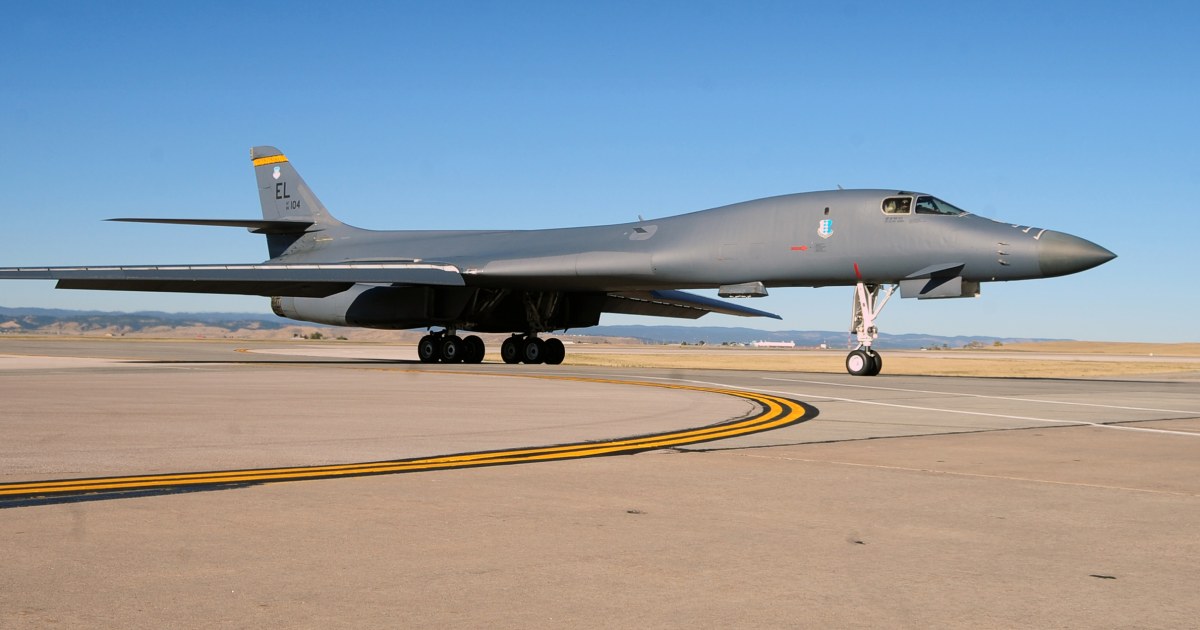
Efforts to develop nuclear thermal propulsion (NTP) for future space missions have taken a significant step forward. General Atomics Electromagnetic Systems (GA-EMS), in collaboration with NASA, has conducted tests on nuclear reactor fuel designed for space travel. The trials, held at NASA’s Marshall Space Flight Center in Alabama, assessed the fuel’s ability to withstand extreme conditions that would be encountered during deep space missions. The successful results could accelerate plans for faster, more efficient space travel, reducing transit times for crewed missions to Mars.
Successful Testing at NASA’s Marshall Space Flight Center
As reported by space.com, according to the tests conducted at NASA’s facility, the reactor fuel was subjected to six thermal cycles using hot hydrogen, rapidly heating it to 2326.6 degree Celsius. The objective was to evaluate the fuel’s resilience under extreme temperature fluctuations and exposure to hot hydrogen gas, conditions necessary for nuclear thermal propulsion. GA-EMS President Scott Forney stated in a company release that the fuel demonstrated the ability to endure these conditions, reinforcing confidence in its potential for safe and reliable space propulsion.
First-of-Its-Kind Testing of Nuclear Fuel
GA-EMS Vice President of Nuclear Technologies and Materials, Christina Back, highlighted the uniqueness of these tests in the company release. The company was reported to be the first to utilise the compact fuel element environmental test (CFEET) facility at NASA’s Marshall Space Flight Center for such trials. Fuel performance was tested at temperatures reaching 2,727 degree Celsius, with findings indicating a significant efficiency boost over conventional propulsion systems.
Potential Impact on Space Exploration
As per sources, NASA has prioritised the development of nuclear propulsion due to its potential to significantly reduce travel time to Mars. Shorter missions could lower the risks associated with long-duration spaceflight, including radiation exposure and the need for extensive life-support resources. In 2023, NASA and the Defense Advanced Research Projects Agency (DARPA) announced joint efforts to develop an NTP system, with a planned demonstration by 2027. The latest advancements in nuclear propulsion technology could play a crucial role in achieving that goal, bringing human missions to Mars closer to reality.







